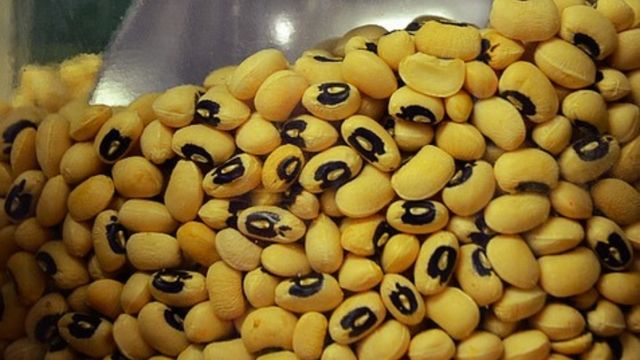Irrigation and fertilization of cowpea in the greenhouse
The greenhouse does not only need to prepare its soil and start providing the appropriate environmental and climatic conditions for its plants.
Despite the importance of these steps, there are other very important procedures that the farmer cannot neglect.
The most important of which is defining programs and systems for fertilization and irrigation according to the nature of the crop.
Through our article, we will focus on the irrigation and fertilization systems for the cowpea crop inside greenhouses.
Cowpea cultivation
Cowpea is one of the plants that need high temperatures, as well as it has the ability to withstand droughts.
But it is greatly affected by cold and frost factors.
Therefore, the appropriate time to plant cowpeas inside the greenhouse is at the beginning of the fall season or at the beginning of the spring season.
They also need sandy and clay soils in order to achieve ideal growth, although it is also possible to rely on acidic soils for cultivation, and despite this, alkaline soils remain an unsuitable option for them.
Irrigation and fertilization of cowpea in the greenhouse
First: irrigate the cowpea
With regard to the cowpea crop in particular, the farmer needs to irrigate the crop every two days at the beginning of the cultivation process, specifically during the day or at sunset.
In order for the soil moisture during the first month to increase the crop’s ability to grow rapidly.
This is with interest in reducing irrigation amounts during the fall and winter seasons; Equivalent to only one liter during the day, and increased to two liters during the summer to protect the plant from drying out.
Second: the appropriate fertilization system
When using any agricultural soil, the farmer needs to first determine its need for different fertilization systems, and whether it is saturated with all nutrients, or whether it suffers from a deficiency in one or all of them.
In general, the organic natural fertilizer consisting of animal and bird droppings is the best for the cowpea crop in the greenhouse.
As for chemical fertilizers, you can use a mixture of potassium, sulfur and phosphorous to help your plant grow naturally and soundly.
In addition to the irrigation and fertilization systems, you will need to know the appropriate temperatures for producing the cowpea crop inside the greenhouse.
As well as the quality of the soil suitable for its cultivation, in addition to the continuous follow-up of the status of the greenhouse,
Also, ensure that the plant is not exposed to frost or drought, or infected with harmful types of insects and agricultural pests.
Read more about: Cowpea cultivation in the greenhouse

